#bauera rubioides
Explore tagged Tumblr posts
Text

Sunday, 27th February, 2022 🌿
Some new additions to the bed! A boronia, waxflower, and some dog rose 😙 I think this bed going to be very pink come Spring heh.
4 notes
·
View notes
Photo

New Post has been published on http://malleedesign.com.au/wildflowers-of-the-illawarra/
Wildflowers of the Illawarra
This wildflower season I have stayed local due to travel restrictions, which has meant I have walked the Illawarra escarpment a lot more than I normally would. Usually in the winter wildflower season we would travel to the Blue mountains or further west or even north for outdoor adventuring and bush exploring. So it has been a nice change to notice more closely the bush at my back door.
Boronia pinnata
This post is just a sample of the glory on offer, above you can see Boronia pinnata in full bloom, there is a stand of these as you walk along the top of the escarpment from Stanwell Park to Sublime Point and the smell is well …’Sublime’
Boronia pinnata
Boronia pinnata is loved by bees as well as humans but in my opinion is best admired in the bush rather than battling to grow it at home.
Thelymitra ixioides – Sun Orchid
A little further done the track were plenty of Sun Orchids or Thelymitra ixioides, these seem to pop their pretty heads up out of seemingly dry rocky soil.
Ricinocarpos pinifolius
The wedding Bush or Ricinocarpos pinifolius is also having a wonderful flowering season, I spotted it in Maddens Plains, Kellys Falls, Robertson Lookout and Dark’s Forest, it really is the purest white and the picture of innocence 😉
Ricinocarpos pinifolius
This shrub is worth a trying to grow yourself, it likes great drainage and a full sun to part shade position and it should reward you with a stunning flower display from Winter through to Spring.
Bauera rubioides
Bauera rubioides of course is everywhere, what a wonderful wildflower! it flowers for a long time and is quite common, unfortunately it is another one that can be difficult to grow in a home garden as it requires steady moisture on a well drained sandstone 🤔
Epacris microphylla
Epacris microphylla is a dainty scrambling low shrub which can flower for much of the year and as long as it doesn’t dry out completely is a rewarding wildflower to try in your garden.
Epacris microphylla
I have found Epacris microphylla easier to grow then longiflora but not as easy as impressa, what is your experience with growing Epacris?
Hakea sericea
This specimen of Hakea sericea was in Darks Forest, this is a fantastic habitat shrub and caters for many different birds, not to mention the bees. Watch out as it is super prickly but always so spectacular when in flower.
Phebalium squamulosum
This is my favourite wildflowerof the Illawarra, Phebalium squamulosum now this could be a sub species I am not sure. There are quite a few variations of the species and they can look different depending where they grow. The Phevalium above was growing 20kms from the one below….
Phebalium squamulosum
Phebalium is also one of my favourite understory plants to use in native garden design, it is very versatile and quite forgiving as long as you don’t over water it!
Actinotus helianthi
And last but not least the Flannel Flower, these are not really that common in the Illawarra so when you see them it is pretty special. Lucky for us they are easy to grow in your garden and well worth a try as a first time wildflower grower. I am very thankful to live in such a beautiful and unique part of the world and lucky to have the time to observe it in more detail, happy wandering everyone!
#Actinotus helianthi#Bauera rubioides#bee attracting#Boronia pinnata#Epacris microphylla#fragrant#Hakea sericea#Phebalium squamulosum#pink flowers#Ricinocarpos pinifolius#Sydney Sandstone#Thelymitra ixioides#understory planting#well drained soil
0 notes
Text









Dog rose/River rose (Bauera rubioides) is a scrambling, tangled shrub with wiry branches endemic to eastern Australia, one of the most common wildflowers in Sydney, they usually grow along creeks or next to swamps.
25 notes
·
View notes
Text


Sunday, 13th February, 2022 🌿
6 notes
·
View notes
Text


Sunday, 13th February, 2022 🌿
4 notes
·
View notes
Text
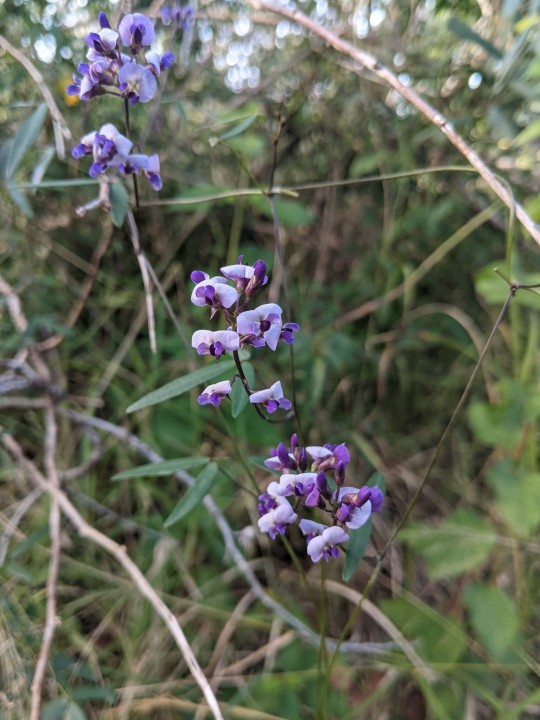
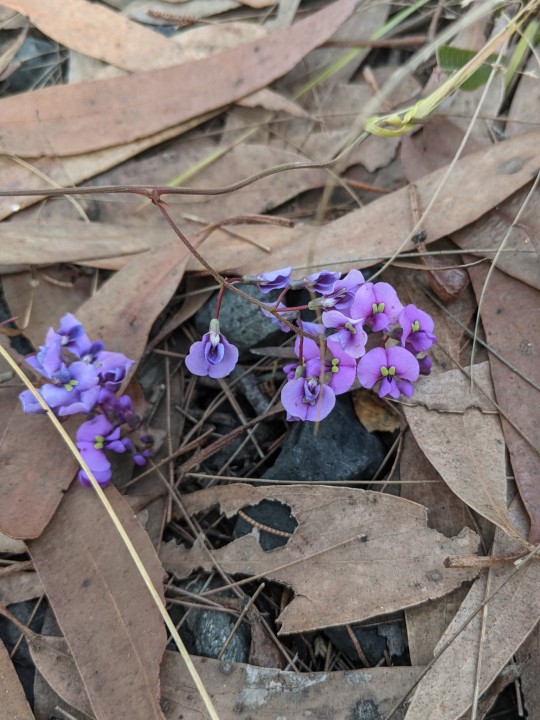

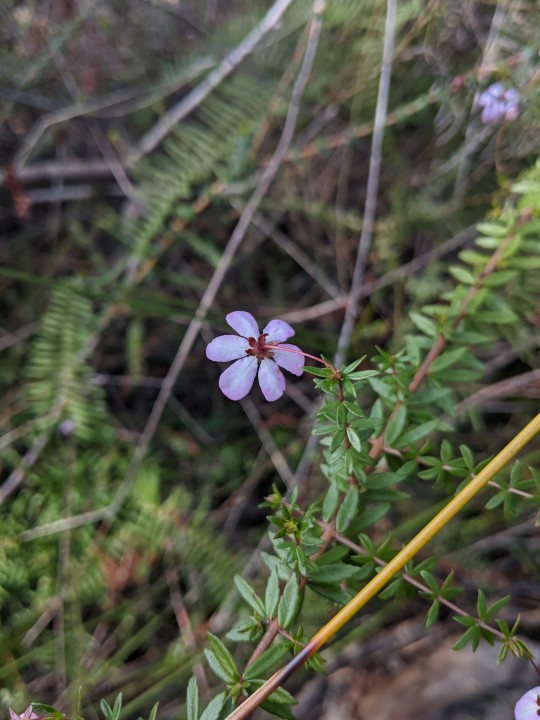


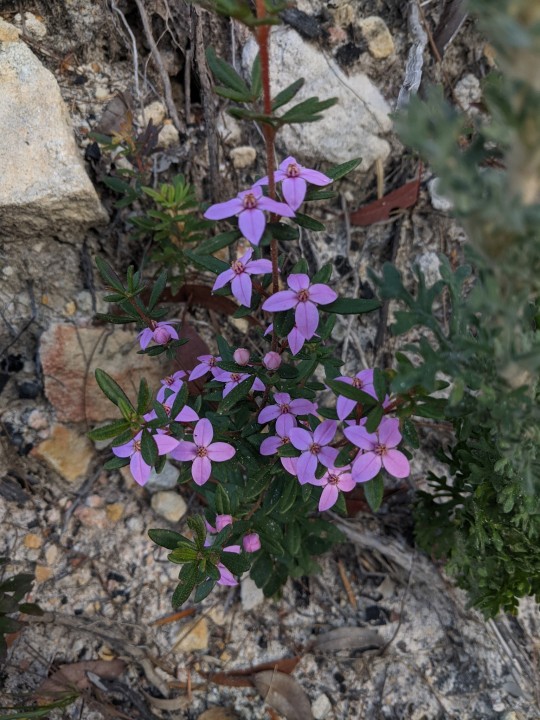
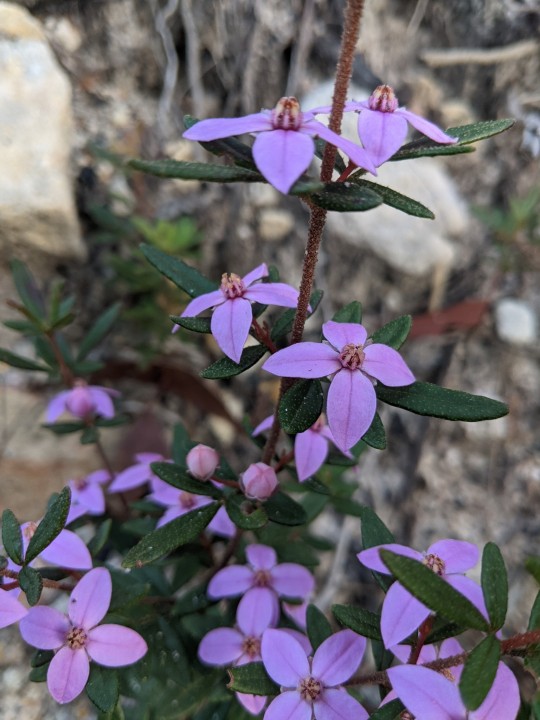
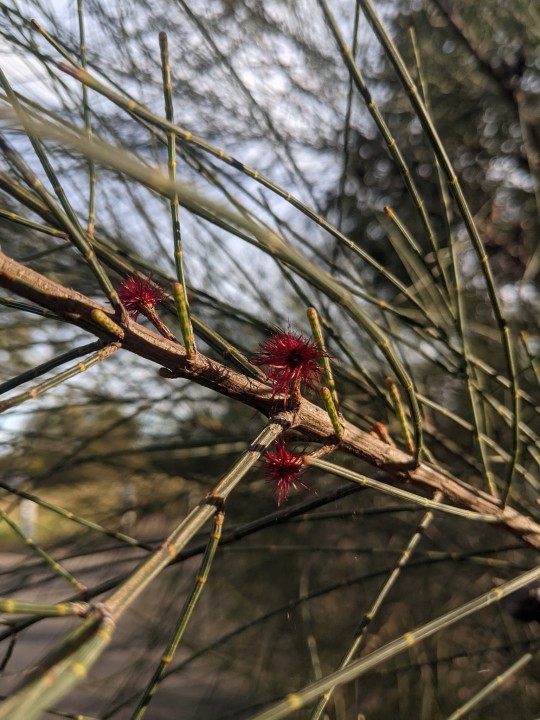
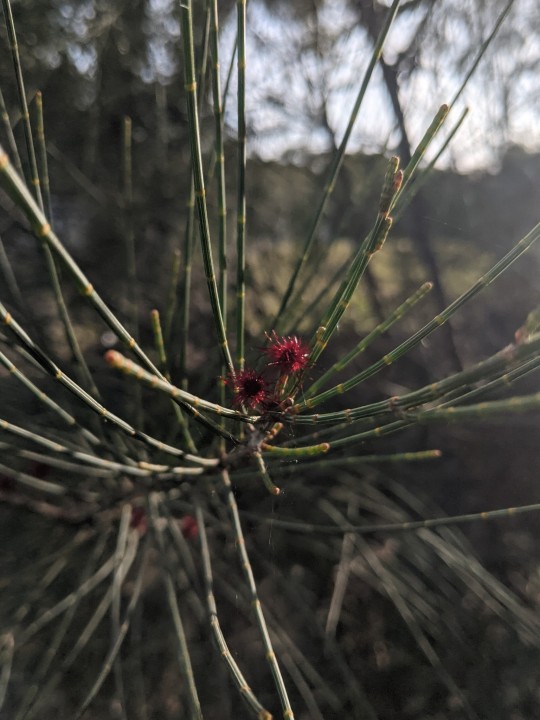
#sydney boronia#boronia#sheoak#allocasuarina distyla#casuarina#dog rose#bauera rubioides#twining glycine#glycine clandestina#glycine#brisbane water national park#national park#australian natives#flowers#plants#6.7.21#myadventures
7 notes
·
View notes
Text


Wednesday, 12th January, 2022
🌿
1 note
·
View note
Photo
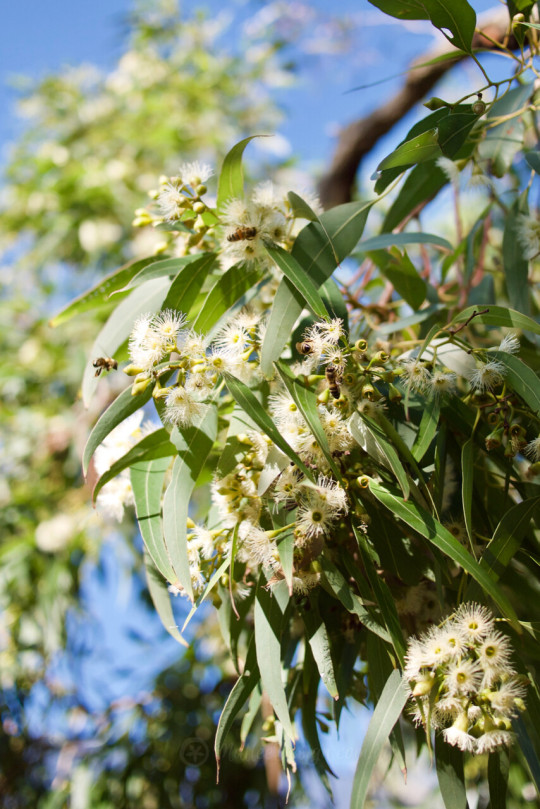
New Post has been published on http://malleedesign.com.au/bee-friendly-gardening/
Bee Friendly Gardening
Bees play an important role in our ecosystem and we rely heavily on them to pollinate our food crops and our native bushland, not to mention supply us with delicious honey.
There are over 1,500 native bee species in Australia with a whole host of interesting shapes and forms. Bees feed on nectar nestled within flowers, provide pollen to raise their young, and play an absolutely crucial role in pollinating plants as they hop from flowerbud to flowerbud. Sadly, native bees are declining or have gradually been displaced. This has led to a reduction in native flora pollination and an increase in the pollination of weeds.
A small native bee (bottom right) visiting the native wattle Acacia podalyriifolia
There has also been an sharp decline in honey bee colonies around the world in recent years, and the reasons for the drop remain largely unknown.
Some natives like the blue-banded and carpenter bees do a special type of ‘buzz pollination’ where they wrap themselves around a flower and vibrate their bodies so that the hidden pollen capsule explodes out of the flower like fireworks!
Whereas some pollinators only require nectar and/or pollen for part of their lives, bees need these honey ingredients throughout their adult and larval stages. To accumulate one kilogram of honey, bees will have pollinated a million individual flowers and flown over 50,000 kilometres.
We can all do our bit to support these pollinators. Why not plant flowers rich in nectar, which will help bees find the food they need?
A native bee on Moraea robinsoniana – a large strappy-leaved lily
The first thing I think about when creating an attractive habitat for bees is plants with different flowering seasons. This makes sure there’s a constant source of nectar for nearby colonies and all year round bee activity. Native stingless bees (Tetragonula) only forage close to their hive so having year-round flowering plants is essential for attracting this species and great for many other species too. At the end of this post is a list of native plants, grouped by flowering season, that are great for attracting bees to the garden.
I also consider the colours of the flowers I’m putting in the garden. Bees have a different range of colour vision to humans, they can’t see red but can see all the way into the ultraviolet spectrum and distinguish between individual flowers much more readily. They are particularly good at locating blue-like hues so plants with violet, blue, purple, mauve, white (white flowers are often overlayed with UV patterns) and yellow flowers are very attractive to them. Not to mention the other insects, butterflies, beetles, wasps and crawling critters that are attracted to these colours and will additionally pollinate lots of flowering plants!
Honey bee on the purple blooms of Eremophila nivea ‘Gulburra Bells’
Something that’s not as often considered when creating bee habitat is their thirst – on a hot day a colony of bees can drink over a litre of water between them. Water sources that aren’t too deep (bees will easily drown if they fall into deep water) and have floating platforms like sticks, cork and leaves are a good idea to have placed somewhere in the garden, maybe under some shade, so the water doesn’t evaporate too easily.
Another interesting thing about bees is that some have longer tongues or specific bodies that are able to pollinate tubular or bell-shaped flowers found on plants like Emu bush (Eremphila) above, Correas and Epacris sp. Other bees have short tongues and are specialised at pollinating shallow-cupped flowers such as those of Eucalypts – the honey bees in the photo below are loving Eucalyptus citriodora ‘Baby Citro’ Grafted.
Honey bee on Eucalyptus citriodora ‘Baby Citro’ Grafted
The whole bunch of factors to consider when planting a garden for bees – flowering seasons, flower colours, shapes and forms, as well as water – might sound overwhelming, but creating habitat for bees starts to happen almost organically when you start paying attention to just one or two of these most of the time. I find it easiest to start with flowering season so summarised here are some of my favourite native plants to inspire bringing more bees to the garden.
Honey bee on Banksia oblongifolia
Seasonal Flowering Plants for Bees
Note that for some of these plants the flowering time will cross over multiple seasons. I’ve put the main season of flowering in the categories.
Long or All-year Flowering
Scaevola sp.
Philotheca difformis ‘Starspite’
Brachyscome sp.
Bracteantha sp.
Myoporum parvifolium
Goodenia ovata
Ozothamnus disomifolius
Viola hederacea
Summer Flowering
Lomatia sp. (e.g. Lomatia silaifolia in the photo below)
Lambertia formosa
Phebalium squamosum
Plectranthus sp.
Jasminium suavissimum
Viminaria juncea
Honey bee on Lomatia silaifolia
Autumn Flowering
Correa alba
Correa glabra
Persoonia pinifolia
Lambertia formosa
Melaleuca thymifolia
Banksia spinulosa
Hakea laurina x petiolaris
Winter Flowering
Eucalyptus paniculata (May – Feb)
Eucalyptus leucoxylon (May – Sept)
Banksia sp.
Bauera rubioides
Dampiera stricta
Epacris sp.
Guichenotia macrantha
Senna artemisoides
Tecomanthe hillii
Thryptomene sp.
Spring Flowering
Conostylis candicans
Prostanthera sp.
Micromyrtus ciliata
Gahnia siberiana
Hardenbergia violacea
Hibbertia sp.
Olearia sp.
Tetratheca ciliata
Honey bee on Angophora hispida
Happy planting,
Hannah and Kath
#Angophora hispida#Autumn Flowering#Banksia oblongifolia#banksia spinulosa#Bauera rubioides#bee attracting#blue flower#blue-banded bees#Brachyscome sp.#Bracteantha sp.#carpenter bees#Conostylis candicans#Correa alba#Correa glabra#Dampiera spps#Eucalyptus leucoxylon#Eucalyptus paniculata#Gahnia sieberiana#Goodenia ovata#Guichenotia macrantha#Hakea laurina#Hardenbergia violacea#Hibbertia sp.#Jasminum suavissimum#Lambertia formosa#Lomatia myricoides#Lomatia silaifolia#long flowering period#Melaleuca thymifolia#Micromyrtus ciliata
0 notes
Photo

New Post has been published on http://malleedesign.com.au/one-for-that-difficult-damp-spot-bauera-rubioides/
One for that difficult damp spot: Bauera rubioides
This is Dog Rose one of the few native plants with a likeable common name 😉 Bauera rubioides grows happily in those moist positions in sun or shade where other native plants rot or succumb to fungal diseases. It makes a wonderful low hedge or border plant if pruned, other wise it likes to scramble all over the place, often in the bush you will see it attempting to become a climber.
Bauera rubioides can be found growing naturally all alomng the esat coast of Australia along creek banks and in moist sandstone crevices. It is a small, bushy shrub between 0.3 and 1.5 metres in height and aproximet 1-1.5 metres in width and flowers year round.
There is also a white form of Dog Rose and a low prostrate cultivar, both enjoy similar conditions to the regular Bauera rubioides. This plant will let you know if it is thirsty by drooping stem tips, it grows well in a pot and is dense enough to be a good weed suppressant.
#Bauera rubioides#boggy soils#Border planting#moist shade#moist soil#purple flower#water logged soils#weed suppressant#year round flowering
0 notes